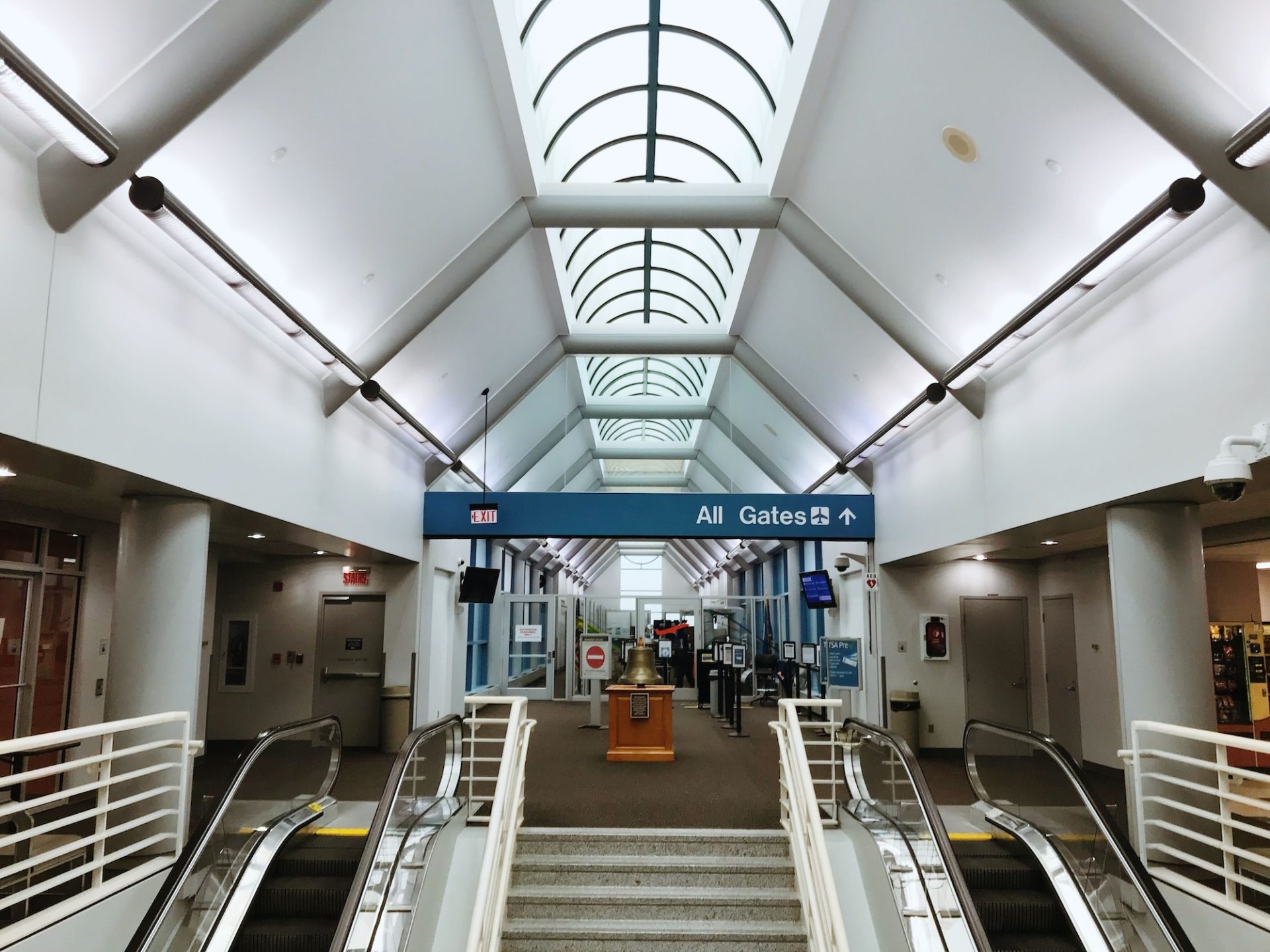Willard Airport is in the local news again, and we don’t just mean in our editorial about the extent to which our community meets the benchmarks for being considered a “city.” In that editorial, we pointed out the shortcomings in Willard’s accessibility by public transportation, as well as the limited availability of shuttles, buses, or trains to other larger airports. Now, Willard is in the news for recent fundraising efforts to attract new “leisure air service” routes (which prioritizes direct routes to “vacation” destinations, like Allegiant’s service to Orlando from Bloomington). With proposals for funding going to the City of Champaign, the City of Urbana, and the Village of Rantoul, this week we are considering the question of whether and how the various city governments and funding bodies should support Willard’s expansion, and what else might be missing from these conversations.
Willard is one of only two commercial airports nationwide owned and operated by an educational institution. Currently, Willard has four daily flight options on American Airlines: two daily flights to Chicago O’Hare International Airport, and two daily flights to Dallas Fort Worth International Airport (both AA hubs). This type of air service can be considered regional or commuter service. Though this may not seem like a large number of flights, consider that in September 2023 Willard was awarded the Primary Airport of the Year Award by the Illinois Department of Transportation, signifying it serves at minimum 10,000 passenger boardings per year.
According to the economic impact study of Willard conducted in 2019, it’s actually more than 200,000 passengers that are projected to come through in a given year. At the time of the study, the report also said that, “If CMI was considered a single employer, it would be the 15th largest in the county.”
Although this study was conducted in 2019 and the pandemic has certainly impacted the numbers, it’s clear that Willard has a substantial economic impact on Champaign-Urbana. Although Willard’s capacity was down by one-third since the beginning of the pandemic, they were able to demonstrate sufficient community investment and support to win an $850,000 grant from the Department of Transportation to begin a non-stop flight service to Washington D.C. Implementing this new flight service has been a challenge due to the nationwide shortage of pilots, and as of the last update the hope is to begin the new route “sometime in 2024.”
Inevitably, the failure to implement an already grant-funded new route initiative raises the question of whether it would be wise to invest in a new “leisure air service” route. Wouldn’t the pilot shortage also affect beginning a new leisure route? Also, given that flights from Willard are almost always much more expensive than flights from other Central Illinois regional airports (including Peoria, Bloomington and Springfield), would the pricing of these routes be competitive enough to be sustainable? There is some indication that any leisure routes offered would be competitively priced, and available year-round on a Thursday through Monday schedule.
Taking aside the question of feasibility, we return to the question of whose responsibility it is to fund an expansion of services. We continue to question the wisdom of the U of I ceasing to contribute its one-third share of the cost of bus service, causing MTD access to the airport to be discontinued. Indeed, in a News-Gazette article from September 2023, MTD board members proposed that MTD fully take over the running of Willard under the argument that university support of the airport is insufficient.
Given that the News-Gazette article on the MTD proposal also pointed out that “longstanding state legislation requires the university to operate the airport” that seems like a non-starter. In any case, despite the lack of support for public transportation access to the airport, the U of I is offering a “minimum revenue guarantee of $500,000 for air carriers willing to offer service to any airport in Florida or Arizona, or to Las Vegas.” Willard is hoping to raise a community match so that a total of $1 million in guaranteed revenue can be on offer.
The amount of funding being proposed as contributions from the City of Champaign and City of Urbana — $75,000 and $50,000 respectively — seem reasonable, although they won’t come close to the $500,000 in matching funds airport Executive Director Tim Bannon is hoping for. It seems odd that the Village of Savoy, where the airport is actually located, isn’t contributing any funding towards this initiative (at least yet). If C-U benefits from having the airport in our community and those benefits also extend to the Village of Rantoul and surrounding communities, certainly they must also extend to Savoy where the airport is physically located.
At the end of the day, we think expanded services would be a net gain for our community, especially if they are affordable. And if consultant Jack Penning with Volaire Aviation is correct that with each new airline route, “$850,000 in new taxes are generated every single year,” expanded services would also be lucrative. In the current reality in which the U of I must own and operate the airport, we hope that they will consider investing not just in new leisure routes, but reliable public transportation access to the airport. But this is a shared benefit and responsibility and we hope that our local city governments will also be good partners in supporting expanded services.
The Editorial Board is Jessica Hammie, Louise Knight-Gibson, Julie McClure, Patrick Singer, and Mara Thacker.








